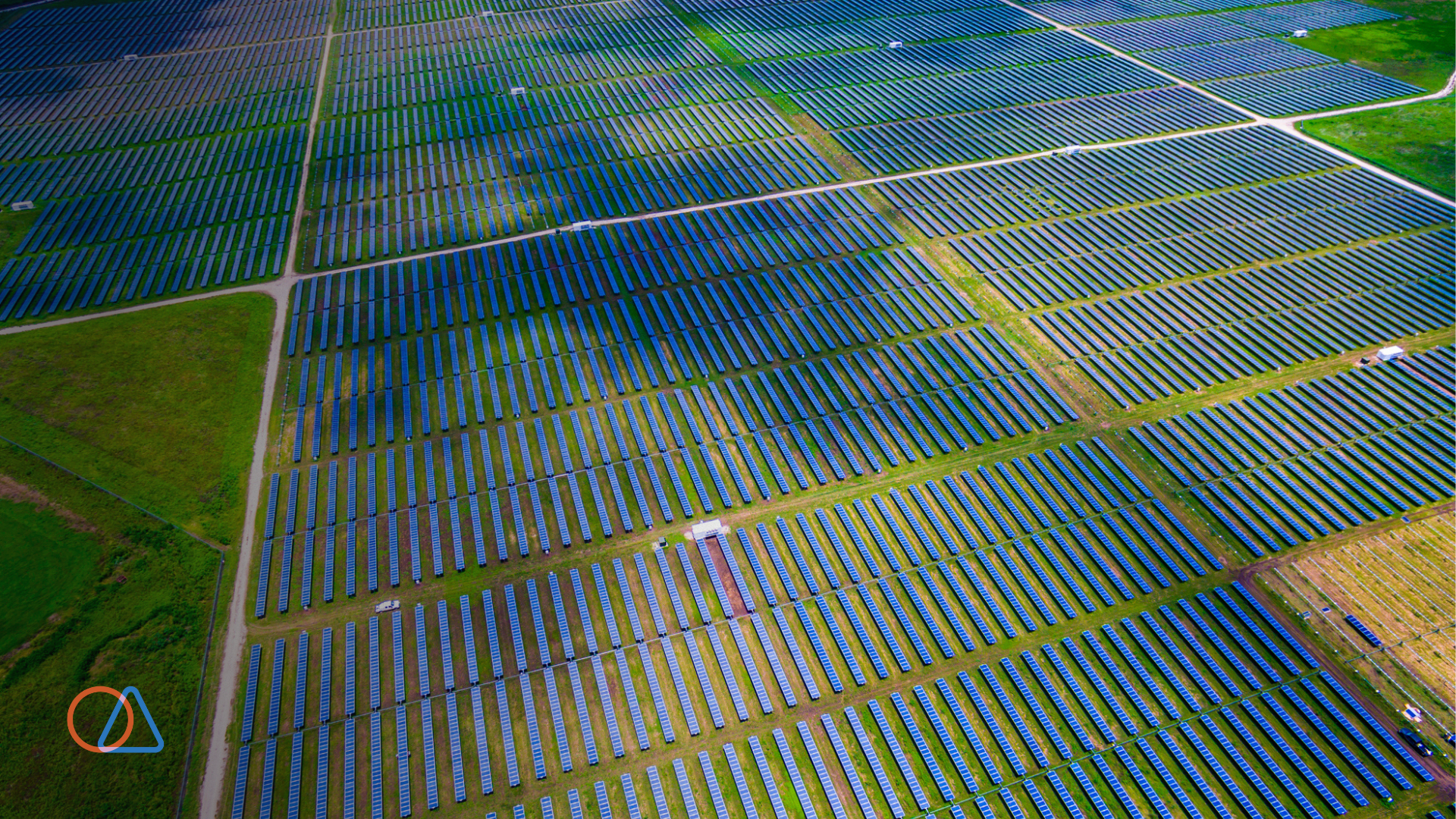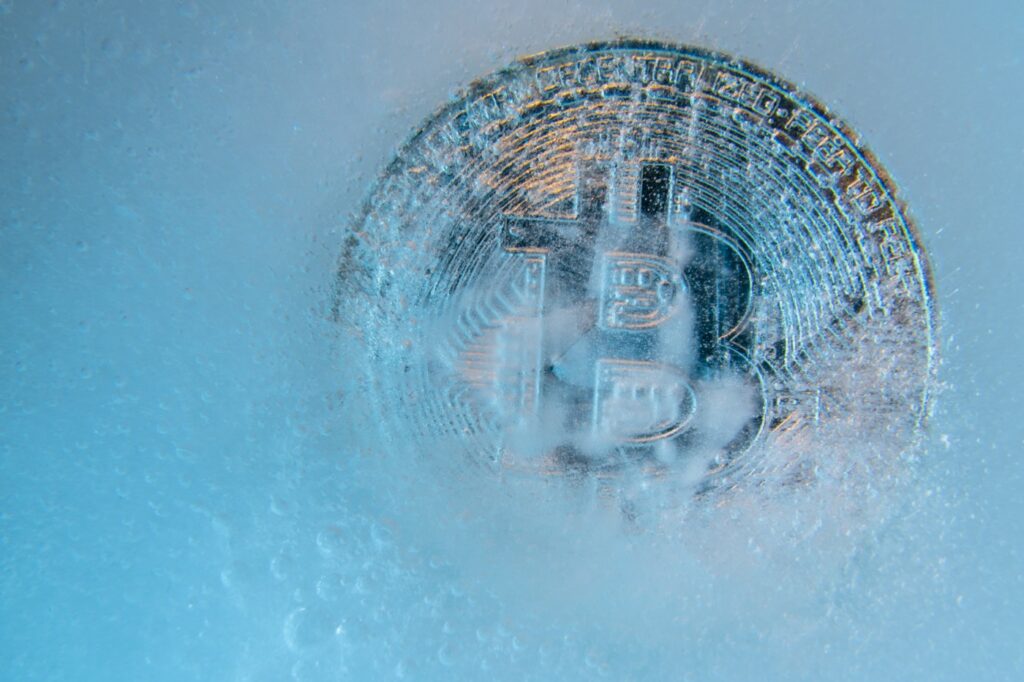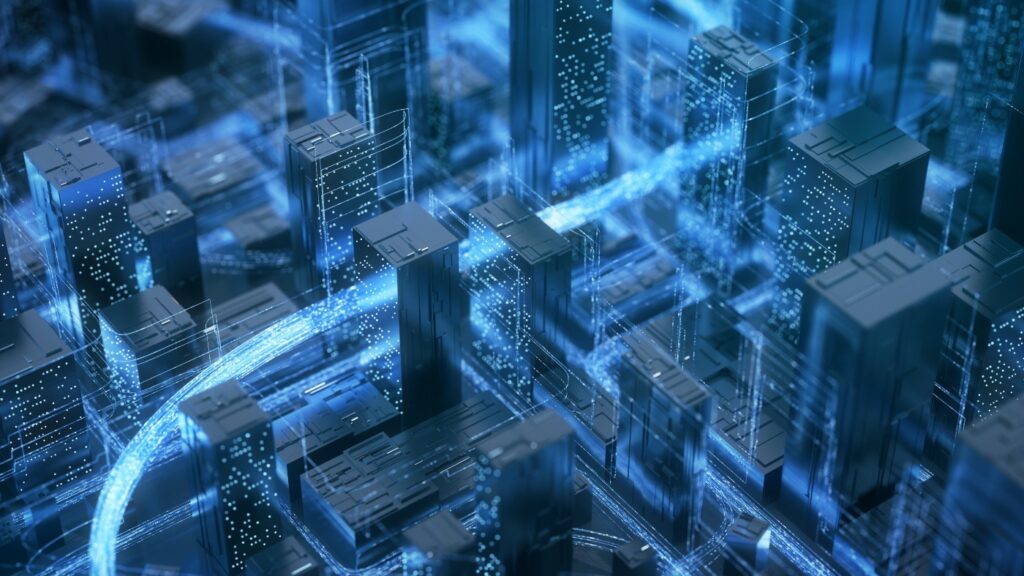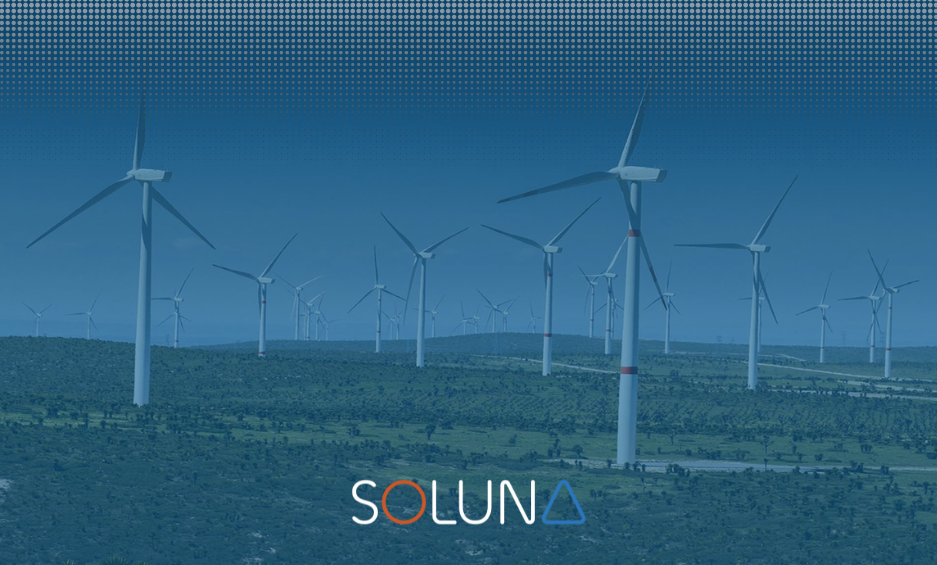At Soluna, we’ve always seen energy innovation as central to building the future of computing.
For years, wind has been at the core of our operations — powering our data centers, stabilizing the grid, and proving that flexible computing can unlock stranded renewable energy.
But now, a new chapter is unfolding.
Here’s why.
A Natural Next Step for Scalable, Clean Power
The move to solar wasn’t just opportunistic; it was strategic.
We’ve seen increasing demand from Independent Power Producers (IPPs) building solar farms (some with battery storage, but many without) looking for smarter ways to monetize their energy in congested grid zones. These producers are facing a familiar challenge: curtailment.
During peak production hours, especially around midday, solar farms generate more electricity than the grid can absorb. That surplus energy, instead of being used, gets wasted.
That’s where Soluna’s Renewable Computing solution comes in. Our modular data centers can be colocated directly at the source, consuming excess energy and converting it into valuable computing power. Whether it’s Bitcoin mining or AI workloads, we offer a dispatchable, flexible load that aligns with the unpredictable nature of renewable generation.
But solar brings a few unique advantages that make it particularly exciting.
Predictability, Efficiency, and Cost
Unlike wind, which is variable and often unpredictable, solar is highly forecastable.
Outside of weather anomalies, you know what you’re getting hour by hour, making it easier to design data centers and compute loads that align with production. It’s also incredibly cheap — one of the most cost-effective forms of power generation in the world today.
And it’s getting better.
Solar panel innovation has moved fast. Many of today’s panels are bifacial, meaning they can capture energy on both sides. When paired with vertical mounting and high-reflectivity ground materials (leveraging what’s known as the albedo effect), these panels can smooth the peaks and valleys in typical solar output and generate power more consistently throughout the day.
We believe future solar farms will increasingly be designed this way, optimizing for alignment with demand curves like the well-known duck curve, which highlights the mismatch between peak solar generation and typical grid consumption patterns.
Soluna’s belief in this future is shaping our strategy. By colocating behind-the-meter at solar farms, we see new opportunities to unlock even more value from these assets, especially as technologies like native direct current (DC) delivery gain traction. Accessing DC power directly, instead of relying on traditional AC grid conversion, has the potential to make our data centers even more efficient and compact, further reducing infrastructure and energy loss.
The Battery Gap (and the Bridge)
One common critique of solar, as with most renewable sources, is availability.
The sun doesn’t shine at night. And because solar power is concentrated during midday hours, it doesn’t always align with broader grid demand. That mismatch has sparked a global push for storage solutions but battery systems remain expensive, resource-intensive, and not yet optimized for long-duration, grid-scale deployment.
At Soluna, we take a different approach.
Our philosophy is simple: computing is a better battery.
By running batchable workloads like Bitcoin mining and AI training, we can align our operations with times when renewable energy is most abundant. Rather than store unused power, we use it. Our MaestroOS software dynamically adapts to real-time energy conditions, converting intermittent supply into productive compute cycles.
This demand-flexible model avoids the need for costly storage infrastructure while helping solar developers monetize energy that would otherwise be curtailed. And as solar adoption continues to grow, the market will increasingly need flexible, location-aware computing solutions to unlock its full value.
Of course, battery innovation continues in parallel. Promising new designs like redox flow and graphene-based chemistries offer potential breakthroughs in availability and affordability. These technologies could improve how solar integrates with other grid assets.
However, Soluna offers an immediate bridge that works with the infrastructure we have today.
What This Means for Soluna and the Market
From a design perspective, nothing changes in Soluna’s expansion from wind to solar colocation.
Our modular data centers, grid-aware curtailment strategies, and orchestration software are already built to flex with intermittent energy sources. They’re power-agnostic by design, meaning they’re able to adapt to wind, solar, hydro, you name it.
What does change is where and how we plug in.
With solar, we’re not just adding another energy partner, we’re unlocking a new frontier.
Solar’s predictability allows for smarter resource planning. Its abundance during daytime hours makes it ideal for batchable, high-performance compute workloads. And its continued cost decline, paired with emerging innovations, creates the conditions for something even more ambitious: fully off-grid, vertically integrated data centers.
For Soluna, this opens the door to a new generation of projects.
Clean, affordable, and scalable infrastructure, built at the edge of the grid or entirely independent of it. For the market, it’s a glimpse of what the future of renewable-powered computing could look like: distributed, intelligent, and far more sustainable than the status quo.
The Future of Renewable Computing
Our move to solar isn’t a pivot, it’s a progression. A natural extension of the same vision that’s always driven Soluna: to build the world’s most efficient, sustainable computing infrastructure using underutilized renewable energy.
By adding solar to our mix, we diversify our power sources, reduce energy costs, and create more opportunities to grow alongside the clean energy transition.
This is the future of Renewable Computing.



